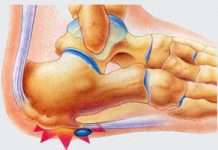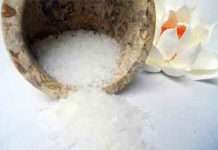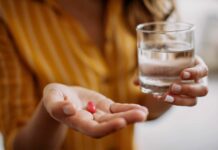Peter Attia, M.D., a leading voice in longevity medicine, translates complex research into practical strategies for extending both lifespan and healthspan. His approach isn’t about extreme biohacking, but about consistent, data-driven effort. Here’s a breakdown of his personal routine, from high-intensity training to the bloodwork he prioritizes.
The Power of Exercise: Beyond Just “Staying Active”
Attia views exercise as the single most effective intervention for improving health and longevity. Unlike pills or therapies, it benefits nearly every system in the body, from metabolic health to brain function. He emphasizes that the benefits are broad, and even imperfect execution delivers substantial gains.
VO2 Max: The Gold Standard. Attia identifies VO2 max—your body’s ability to use oxygen during intense exercise—as the best currently available predictor of lifespan. He personally trains for this weekly, aiming for 25-30 minutes of very hard effort, typically in intervals of 4-8 minutes. He relies on perceived exertion and power output rather than heart rate monitors.
Strength Training: A Four-Day Commitment. Attia trains in the weight room four days per week, splitting workouts for lower body, chest/back, arms/shoulders, and a dedicated Sunday session focused on carries and grip strength. He prioritizes volume (at least 12 sets per body part) and intensity (1-2 reps in reserve). To maximize efficiency, he incorporates exercises like pull-ups between sets on leg day to hit back twice per week.
Bloodwork: Beyond Cholesterol—What Matters Most
Attia doesn’t focus on standard cholesterol metrics alone. He emphasizes key biomarkers that predict cardiovascular risk with greater accuracy.
ApoB: The Atherogenic Particle Count. Instead of relying solely on LDL cholesterol, Attia recommends tracking ApoB—the protein that wraps around all atherogenic particles (including LDL, VLDL, and Lp(a)). ApoB provides a more complete picture of cardiovascular risk because it counts all the particles that contribute to plaque buildup. Lifestyle changes can help lower ApoB, but pharmacological support may be necessary for optimal levels.
Lp(a): The Genetic Risk Factor. Lp(a) is a genetically determined risk factor for cardiovascular disease. It only needs to be checked once, with levels below 30 mg/dL (or 75 nmol/L) considered low. While drugs are in development to lower Lp(a), it’s currently unclear whether this will improve outcomes.
Pharmacological Support: When Lifestyle Isn’t Enough
Attia doesn’t shy away from using medication when necessary. He highlights several effective options for lowering ApoB and reducing cardiovascular risk:
- Ezetimibe: Blocks cholesterol reabsorption in the gut.
- PCSK9 Inhibitors: Increase the liver’s ability to clear LDL particles.
- Bempedoic Acid: Reduces cholesterol synthesis with fewer side effects.
- CETP Inhibitors (Obicetrapib): Shows promise for both cholesterol management and reducing biomarkers of dementia.
The Takeaway: Consistency and Data-Driven Effort
Longevity, in Attia’s view, isn’t about chasing extremes; it’s about consistent effort, awareness, and intelligent tracking. By prioritizing structured exercise, building VO2 max and strength, and monitoring key biomarkers, we can profoundly shift how we age. While we can’t control every variable, the most powerful tools are already within reach, starting with how we move today

























































